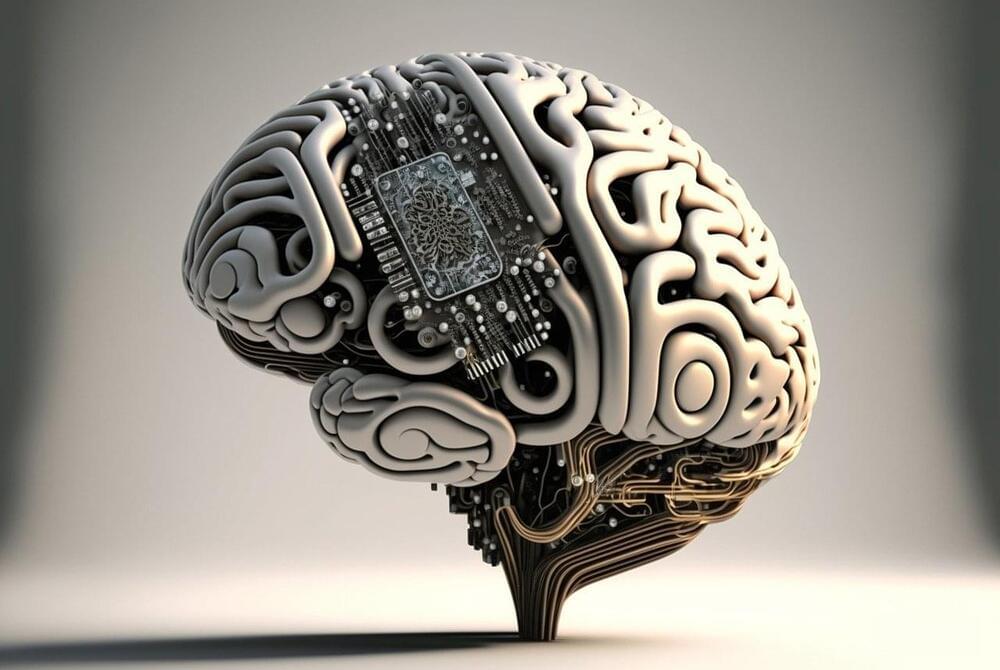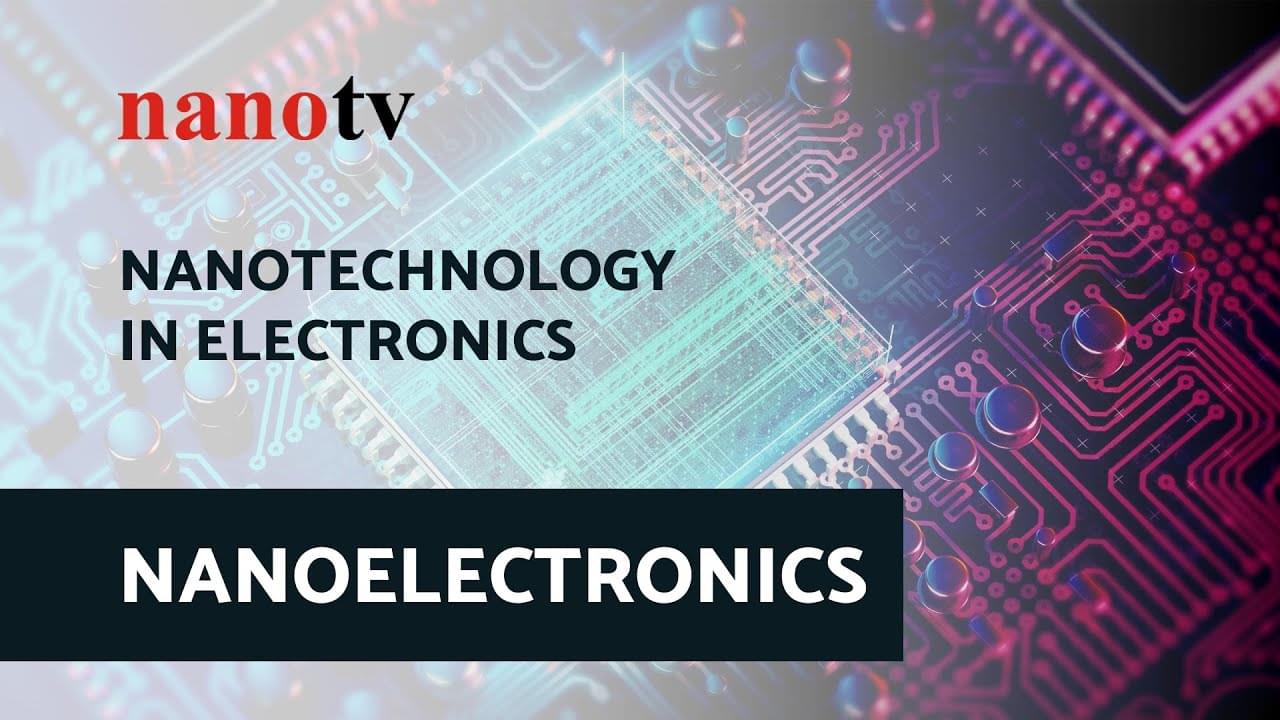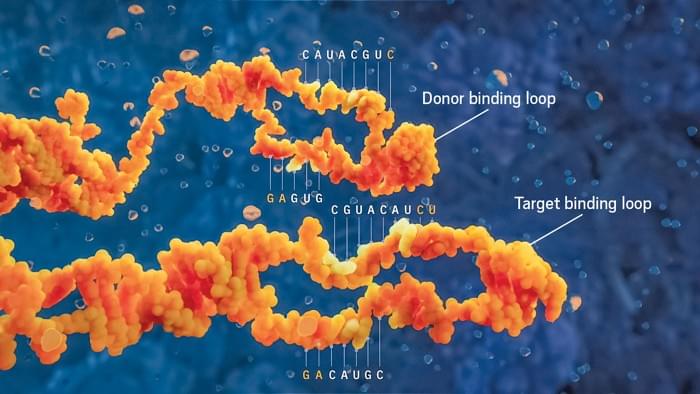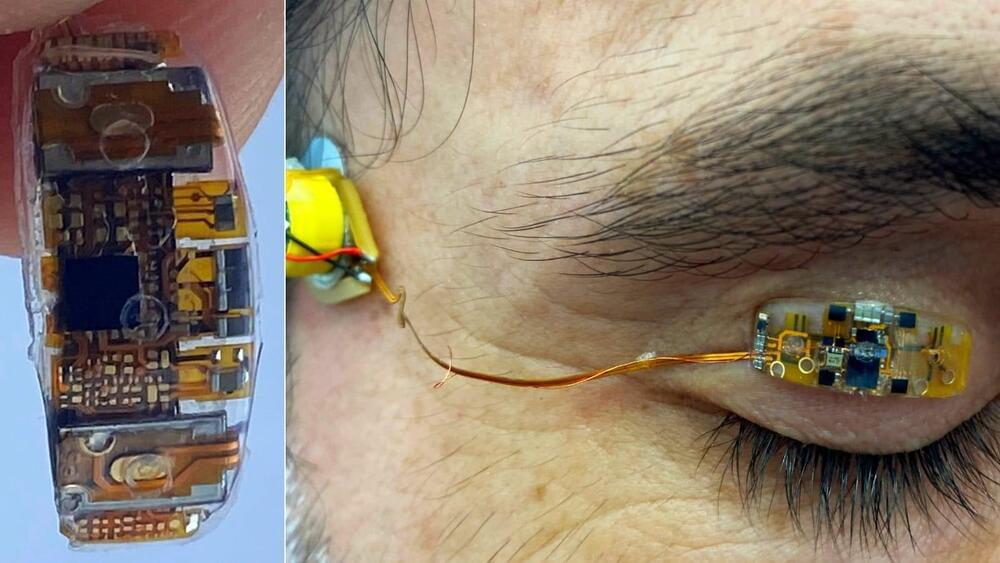Aug 6, 2024
New X-ray world record: Looking inside a microchip with 4 nanometer precision
Posted by Dan Breeden in categories: bioengineering, computing
In a collaboration with EPFL Lausanne, ETH Zurich and the University of Southern California researchers at the Paul Scherrer Institute PSI have used X-rays to look inside a microchip with higher precision than ever before. The image resolution of 4 nanometers marks a new world record. The high-resolution three-dimensional images of the type they produced will enable advances in both information technology and the life sciences.
The researchers are reporting their findings in the current issue of the journal Nature (“High-performance 4 nm resolution X-ray tomography using burst ptychography”).
View inside a state-of-the-art computer chip. Their newly developed ptychographic technique allowed the researchers to map the three-dimensional structure of this engineering marvel. The picture shows the different layers that make up the microchip. The coarser structures can be seen at the top. The microchip becomes increasingly complex as you move down through the layers – making the connections there visible requires a resolution of just a few nanometers. (Image: Tomas Aidukas, Paul Scherrer Institute)


















